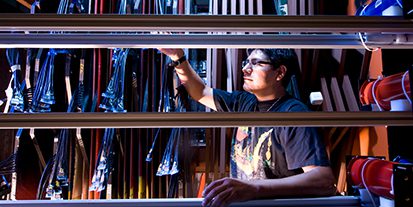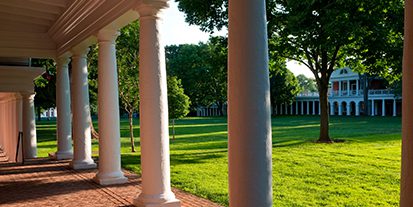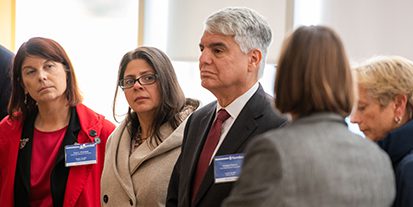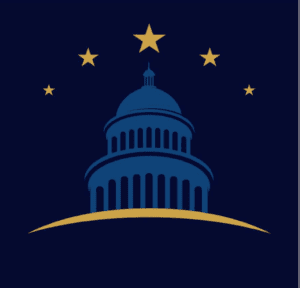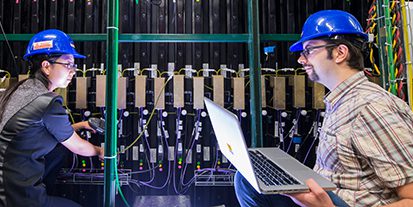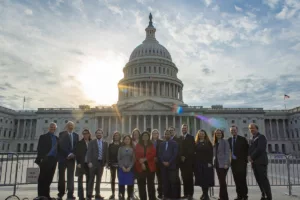Physics can sometimes seem like a black hole. It can be mysterious and vast. But, behind its ambiguity, physics is simply peeling back one unknown at a time which is what Michael Dolce did during the Universities Research Association’s (URA) Fall 2020 Visiting Scholars Program (VSP).
“The stuff that I have been working on has been trying to take the Near Detector data and fit our prediction to the data that we see,” said Michael Dolce, a physics doctoral candidate at Tufts University, about his work with Fermilab’s NOvA experiment. “We were taking the simulation and distorting it in a specific way that we understood.”
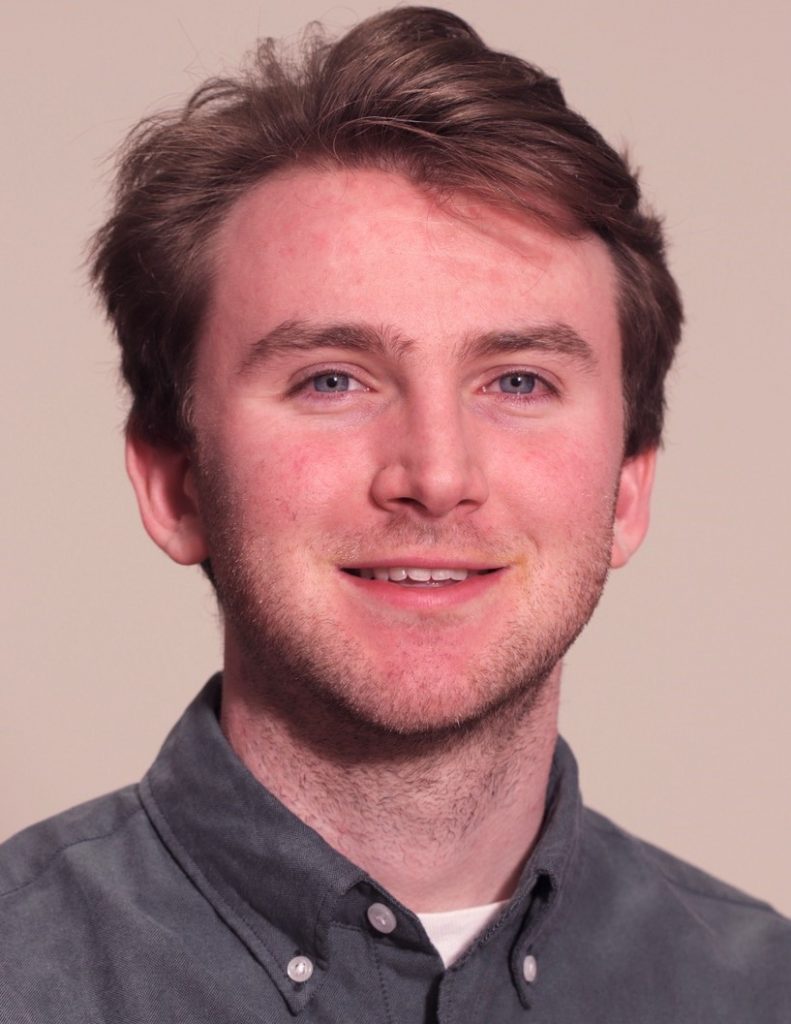
His research proposal titled “Near Detector Fit to NOvA Data and Bayesian Markov Chain Monte Carlo (MCMC) Fitting Procedure to Measure Neutrino Oscillation Parameters” was awarded a stipend for eight months by URA’s Visiting Scholars Program. From January to August 2021, Dolce navigated “uncharted territory” conducting these data fits which posed an exciting challenge for the NOvA experiment.
His research used MCMC to constrain NOvA’s uncertainties with Near Detector data to better measure neutrino oscillations in NOvA’s Far Detector. The MCMC fit was designed to compare data collected between NOvA’s Near and Far detector, a length spanning 500 miles between Illinois and Minnesota.
“It was a little daunting,” Dolce said about beginning his research. “There was never any kind of metric to use or guide to follow.”
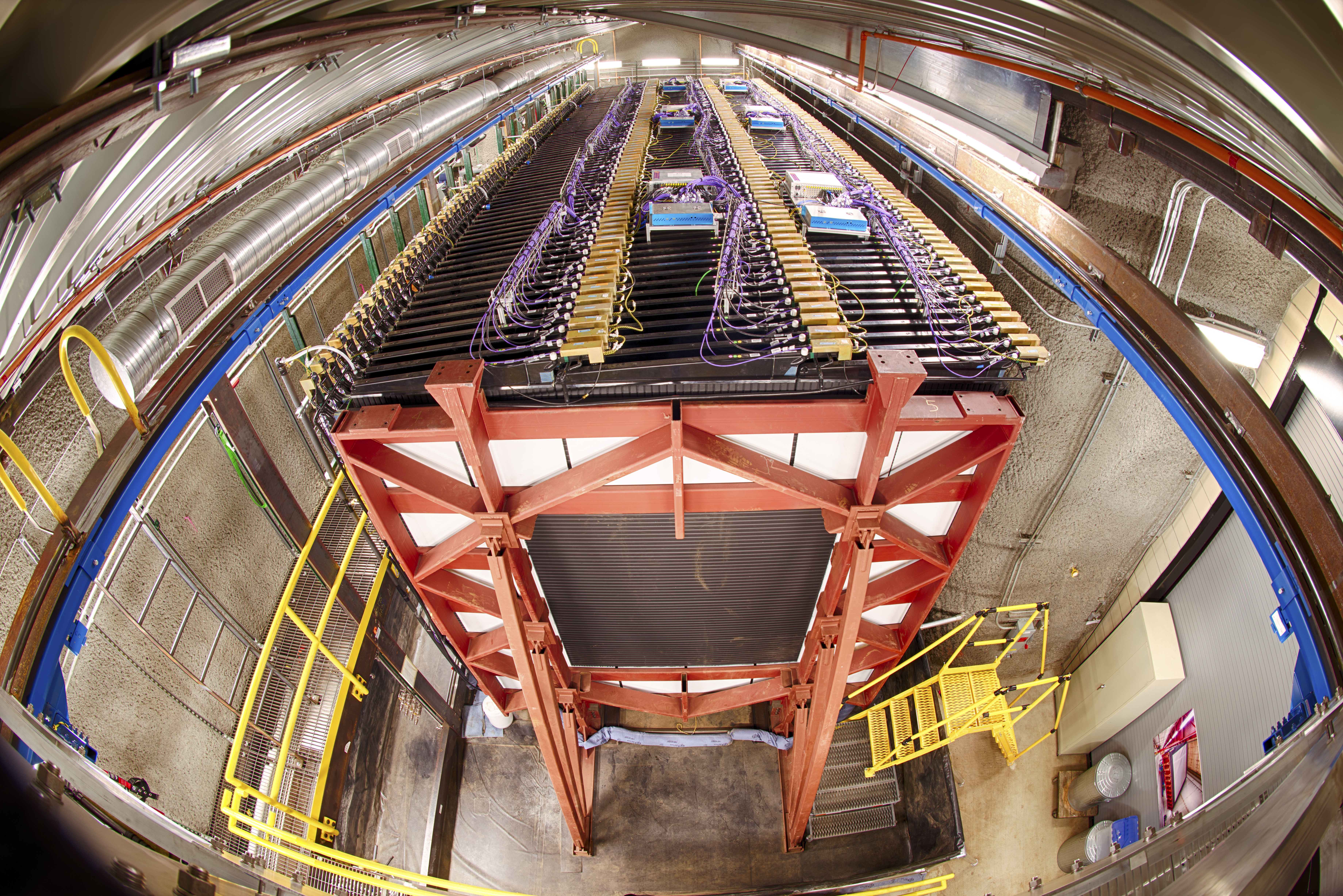
Dolce recalls he only had a few samples of scripts and files to base his project from. But, by the end of the summer, Dolce was able to successfully produce an MCMC fit with NOvA’s nominal simulation to its Near Detector data. However, he notes that there still is an insufficient number of degrees of freedom within the uncertainty model to achieve the desired agreement between simulation and data.
“We did many different kinds of iterations of those fake data fits to really isolate specific physics models,” Dolce explains. “Also, we had some preliminary fits to the actual NOvA data, which was very helpful, but since then, a lot of things have evolved.”
While on the Visiting Scholars Program grant, Dolce also identified and categorized ten neutrino interaction topologies. These topologies allowed researchers to understand the specific kinds of interactions that created the largest disagreements in data.
Dr. Louise Suter, a NOvA expert and Fermilab scientist, worked alongside Dolce and served as his Fermilab sponsor for the Visiting Scholars Program, allowing him to have a “direct line” to the laboratory. With her help, she provided Dolce with helpful insight on the Near Detector. Dolce finds that these kinds of collaborations with Fermilab scientists were the most valuable part of the Visiting Scholars Program.
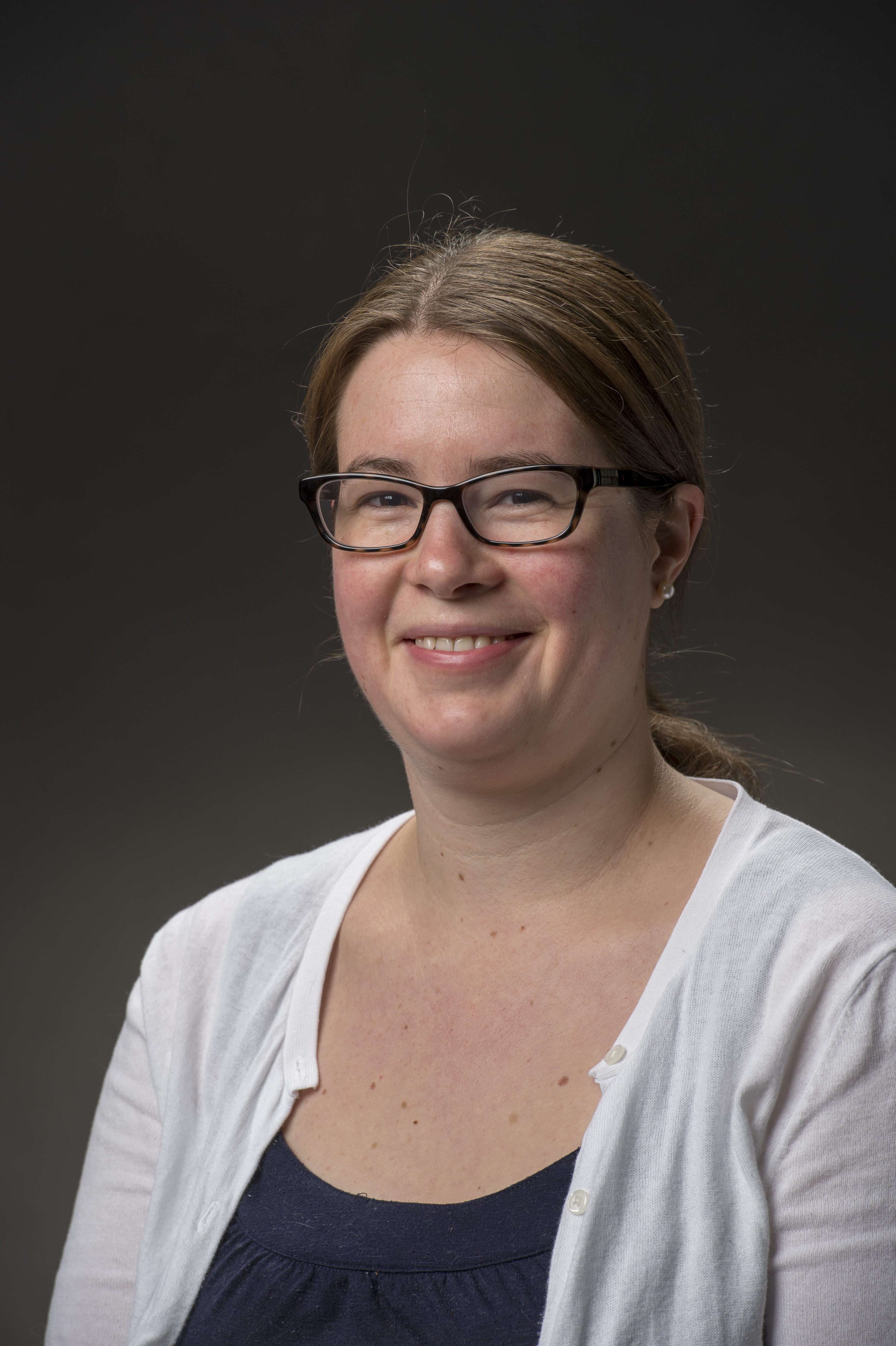
“Really try to maximize the usefulness to having a direct line to someone at Fermilab can provide,” Dolce said. “They are experts in whatever it is that they are doing and sometimes it can be helpful just to talk to them about thing that aren’t even related to the experiment.”
Dolce recalls that it was a “coincidence” finding out about the Visiting Scholars Program since both his colleague, Dr. Jeremy Wolcott, and academic advisor, Dr. Hugh Gallagher, at Tufts University encouraged him to apply.
Currently, Dolce is in the fifth year of his doctoral program at Tufts University. He plans to complete his dissertation by 2023 and is considering pursuing a career in either academia or industry following graduation. He looks forward to the abundance of research within the physics field regardless of which route he takes.
“Physics is a very broad field,” Dolce said. “Sometimes people think about space, sometimes people think about particles. It’s hard to narrow it down, but I think that is kind of the point.”
The breadth and depth of physics can be best captured by Neil deGrasse Tyson’s 2014 reboot of Cosmos: A Spacetime Odyssey according to Dolce.
“I thought it did a good job of highlighting things that sometimes did not get appreciation throughout the course of scientific history,” Dolce said. “But, also showing that science is a very broad category.”
The television series actually inspired Dolce to pursue a career in physics while he was an undergraduate at SUNY University at Albany. After watching Cosmos, Dolce began to immerse himself in physics by studying the ATLAS inner detector of the Large Hadron Collider at CERN and interning at Brookhaven National Laboratory. During this time, he has learned that physics is anything but concrete or finite.
“There is less and less that is truly known,” Dolce said about the physics field. “There are a lot of approximations and uncertainties. They are just models; they are not truths.”
The sheer number of unknowns that physics presents makes it such an intriguing yet intimidating area of study. Nevertheless, understanding these ambiguities is one aspect that sparks curiosity in people like Dolce.
“This kind of NOvA oscillation measurement is conventional; it’s been done already and before,” Dolce said about the existing model used prior to his work during the Visiting Scholars Program. Dolce’s work on an MCMC fit of the Near Detector to NOvA data took the road less traveled, forging a new path towards better measuring neutrino oscillations. “This was a very different idea, and it is still a different idea.”

